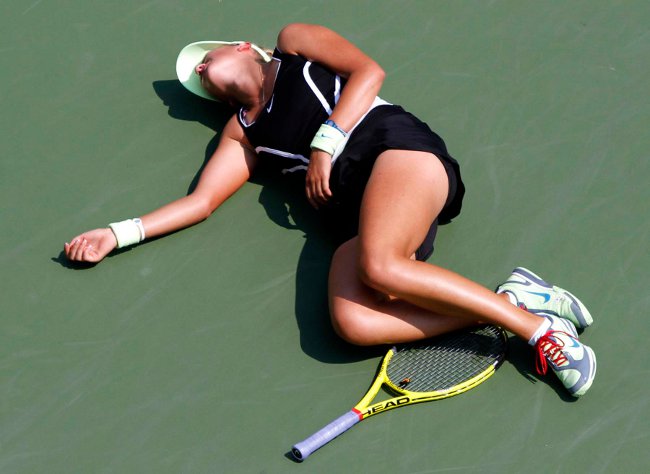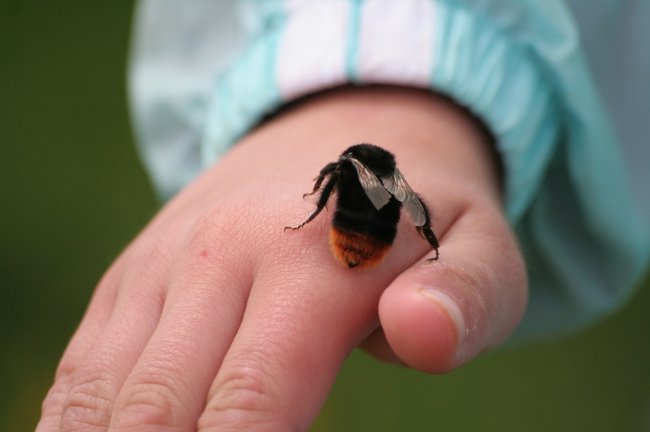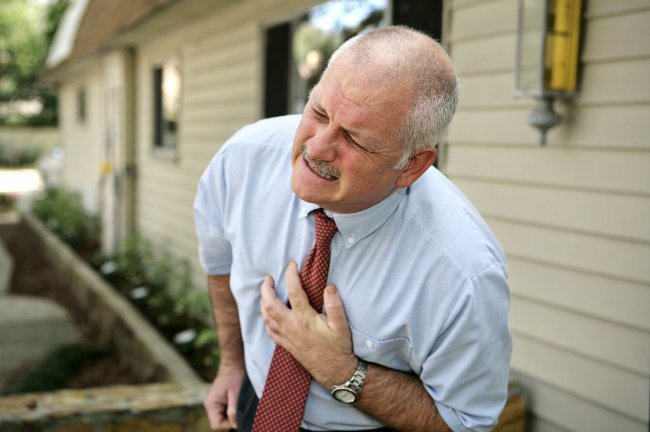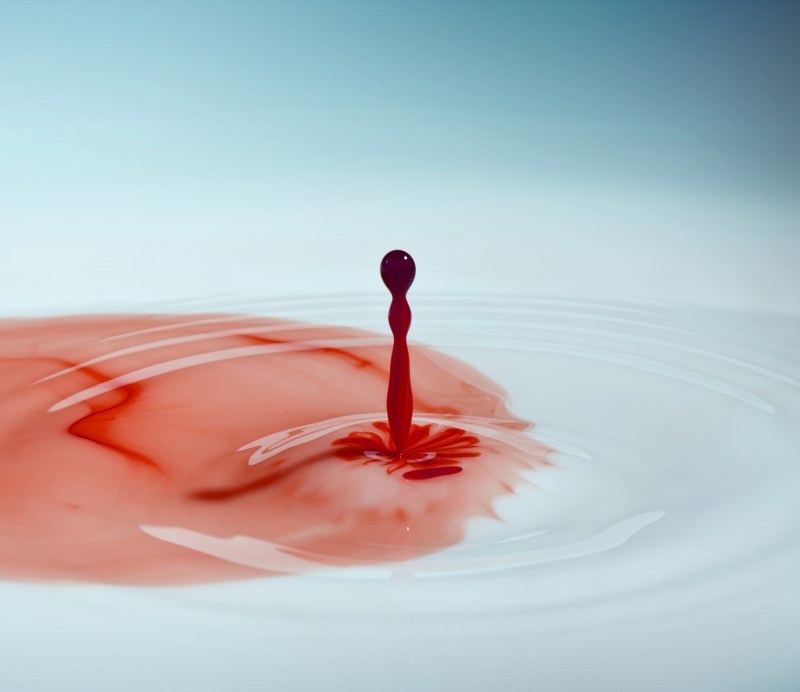First aid for bleeding
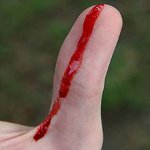
It is impossible to find a person who has neverlife did not face bleeding. Sometimes in the bleeding there is nothing terrible - if we are dealing with a broken knee or a cut finger. But with more serious injuries, blood loss can significantly weaken the body and even lead to death. Therefore, it is necessary to know how first aid for bleeding.
Types of bleeding
Before talking about first aid, it's worth telling about the types of bleeding, because from the type of bleeding will depend on the method of first aid. In this article we will talk about external bleeding, which we have to face most often. Such bleeding is classified according to which vessel was damaged.
The most "harmless" bleeding - capillary, it occurs when the small vessels are damaged,located close to the surface of the skin. With capillary bleeding, the blood has a deep red color and slowly emerges on the wound surface with small drops (the so-called "bloody dew symptom").
When venous bleeding blood flows from the wound in a uniform stream. Venous blood has a dark cherry color, because it is saturated with carbon dioxide. If a large vein is damaged, the jet of blood can pulsate in the rhythm of breathing.
When arterial bleeding blood beats from the wound with a strong intermittent stream (as if a fountain). The blood flows quickly, the stream pulsates in the rhythm of the heartbeat. Arterial blood is saturated with oxygen and has a bright red color.
First aid for bleeding
As we have already said, the features of first aid depend on the type of bleeding. With capillary bleeding it is enough to simply treat the wound with an antiseptic and apply a tight bandage. If the victim has no problems with blood coagulability, bleeding will pass by himself.
With venous bleeding, too, may be sufficient for a pressure bandage. Cover the wound with a bandage, top with a lump of cotton wool or several layers of gauze and tightly bandage. You can apply cold over the dressings.
When a large vein is damaged, or whenthe arterial bleeding of the tight bandage will not be enough: with a strong venous bleeding, clotting coagulating blood is washed out of the wound under the head of the jet, and in case of arterial blood, even the blood does not fold. Therefore, you need to stop the blood, this is necessary jam a damaged vessel.
It is very important to take into account the direction of the blood flow. Through the veins, blood flows to the heart, so with venous bleeding, the vessel is pinched below the site of injury. Blood flows from the heart along the arteries, so In arterial bleeding, the vessel should be squeezed above the site of injury.
Having squeezed the vessel with your finger, it is best impose a tourniquet (if it is a wound injury). Under a tourniquet necessarily put a gauze or a fabric not to damage a skin and not too strongly to press a finiteness.
The tourniquet can be imposed for a maximum of an hour and a half for adults and for 30-40 minutes for children and the elderly. Winter time of harnessing is reduced up to half-an-hour for adults and 15-20 minutes for children and the elderly.
Required put a note under the harness with the exact time of application, because if you overstay it, you can startnecrosis of tissues. If the bleeding does not stop after the allowed time, it is necessary to squeeze the vessel, remove the tourniquet for 10-15 minutes, and then apply it slightly higher or slightly lower than the previous place.
In the absence of a special rubber harness, you can use improvised means, for example, a belt, a piece of thick tissue, etc. You can also temporarily stop bleeding, asking the victim to bend the limb as much as possible. This works if the popliteal, femoral, brachial or ulnar artery is damaged.
Venous or arterial bleeding may not stop in itself, especially if a large vessel has been damaged. therefore after first aid, you must call an ambulance or deliver the victim yourself to a medical institution, there specialists will make the final stop of bleeding.
Timely and correctly rendered first aid for bleeding helps prevent significant blood loss and often saves lives, so the basic methods of stopping bleeding Everyone should know.


